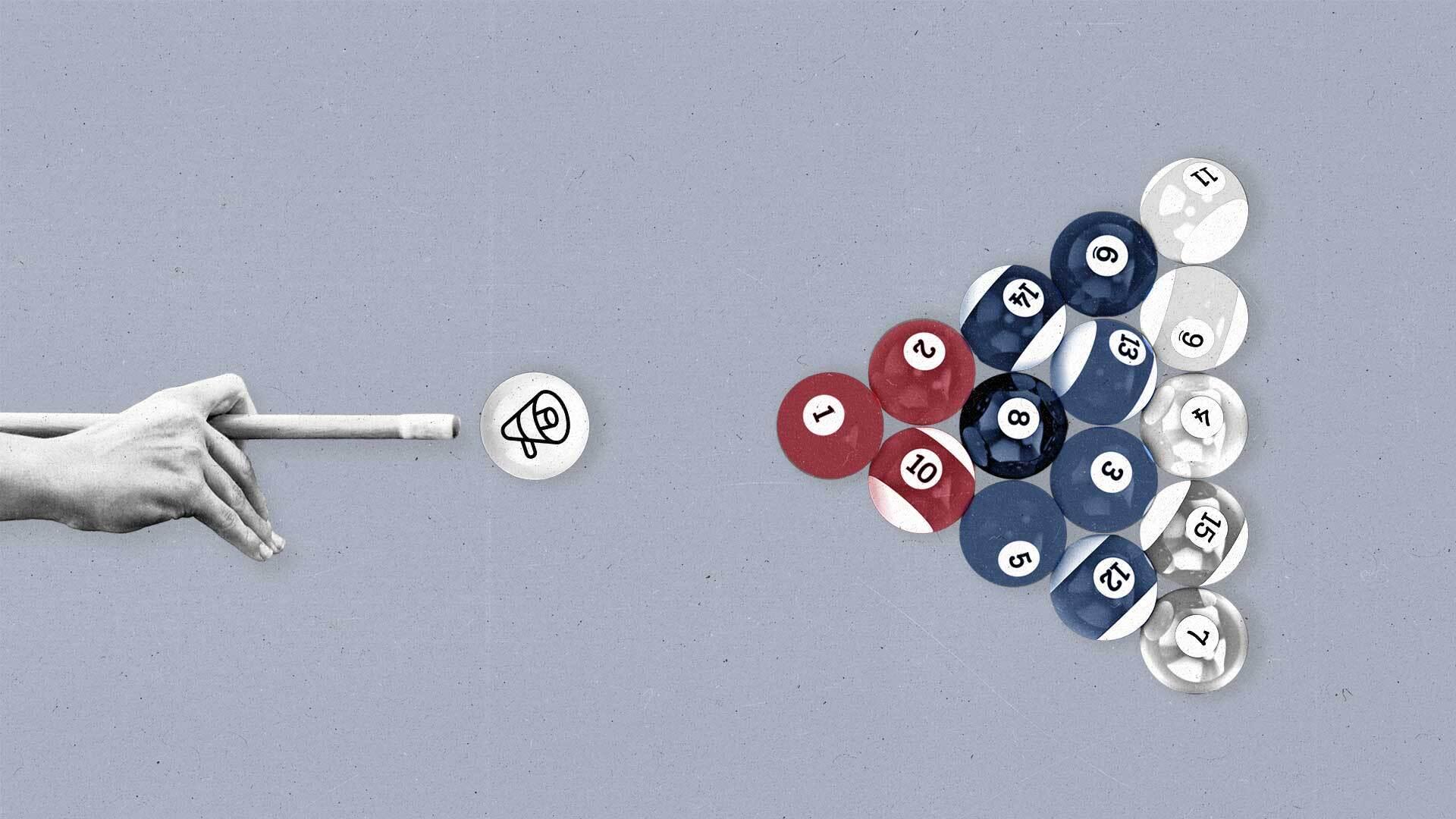PepsiCo boosts brand presence and finds success in India’s diverse CPG market

Forget Bollywood blockbusters. India’s real summer showdown unfolds in the beverage aisle, where the winner is king of mango-based drinks.
When PepsiCo rolled out its brand campaign for mango-flavored fruit drink Slice in India in 2023, it faced the challenge of reaching the country’s vast and diverse audiences in a crowded marketplace, competing with Coca-Cola’s Maaza and local mango-beverage brand Frooti.
Launching its message in the heat of an Indian summer, PepsiCo planned to target younger audiences, ages 18 to 34, who had ditched traditional linear TV. In addition to signing Bollywood actress Kiara Advani as the face of the drink, PepsiCo tried a new programmatic strategy to reach this younger demographic.
Activating across devices, the campaign sliced through geographical and platform barriers, reaching over 12 million unique users across connected TV (CTV) and over-the-top (OTT), audio, and websites — making good on its 100 percent reach goal. But the real triumph was the 13 percent increase in media efficiency. The success of this strategy highlighted that omnichannel programmatic advertising is not merely experimental but could be an effective must-have in PepsiCo’s marketing playbook moving forward.
Beyond an omnichannel approach, the beverage giant leveraged first-party data and audience-centric strategies to steer the campaign. This focus on first-party data comes as major platforms like Google Chrome are phasing out third-party cookies, which have traditionally been a cornerstone of online advertising.
“This is one of the prominent reasons why personalization at scale is at the forefront of our marketing strategy,” says Om Jha, head of media, data, marketing capabilities, and partnerships at PepsiCo India. “We have been building our own data and working with partners to enrich the data to drive segmentation and personalization.”
According to Jha, this strategy is crucial for PepsiCo India's goals, which include increasing market penetration and enhancing reach and frequency through transparent and agile advertising.
“We have used an iterative algorithm to identify cord cutters [and] audiences with very low probability of watching TV in a defined period, using our first-party data and enrichment from multiple data partners,” Jha tells The Current.
Another element to PepsiCo India’s data strategy lies within its retail partnerships with e-commerce companies. Jha says these collaborations have been vital to the team’s success, particularly in a market like India, where capturing consumer-level transaction data is challenging.
Programmatic is the future of digital advertising in India
In India’s fragmented market, PepsiCo's programmatic strategy stands out. Programmatic advertising — long known for its data-driven targeting and real-time ad placement capabilities — helps the brand address the country’s diverse consumer landscape, where there are over 120 different regions and communities who speak different languages.
“An inundation of advertising stimulus engulfs consumers on daily basis,” Jha says, “which makes it increasingly difficult for brands to have the attention of the consumers.”
A recent e4m-GroupM Programmatic Report reveals that programmatic advertising revenue in India is projected to reach INR 394 billion (equivalent to USD$4.74 billion) by 2024, while digital ad revenue overall is forecast to hit nearly INR 540 billion (or USD$6.5 billion). Both categories are expected to surpass the revenues generated by traditional mediums.
Echoing these data points, Jha agrees the shift toward programmatic is inevitable.
“We would be expecting all our digital investments to move to programmatic in days to come. Also, the need for personalization at scale would keep growing as we launch newer brands and sub-brands and shift our approach to skew toward narrowcasting from broadcasting,” he says.
The Current is owned and operated by The Trade Desk, Inc.
Subscribe to The Current
Subscribe to The Current newsletter